
Whether you’ve paired dinner with a glass of wine or have leftover wine from a special occasion, storing an opened bottle of wine properly is crucial to preserving its quality for the next serving. But how to store wine after opening?
Finding out how to store an open bottle of wine is a daunting task as it involves various considerations and checks.
To assist, we bring you this blog post, which integrates a step-by-step guide on how to store opened wine.
- Reseal The Wine Bottle
- Store The Bottle Upright
- Refrigerate Your Opened Wine
- Combat Light Exposure
- Avoid Strong Odors
Step 1: Reseal The Wine Bottle
Though a little stir of air can open up a wine, making its charismatic qualities shine, a much longer exposure to air can deteriorate its quality with excess exposure to oxygen. That’s why, to store an opened-up bottle of wine, it is crucial to first seal its top in order to combat oxidation and prevent any signs of spoilage, such as a flat, vinegary taste or faint aromas.
Now, there are numerous answers on how to keep wine fresh after opening, and most of them come in handy. The most popular way is the "tilt and twist" method. If the original cork is in good condition, you can tilt it slightly and twist it back onto the top of the wine bottle. On top of that, if the original cork is still in good condition but can’t be twisted back into the wine bottle due to excessive friction, you can resolve the issue by wrapping a piece of wax paper around it for a smoother fit.
But what if you don’t have the original cork or it is damaged? How Do You Store Open Wine Without a Cork? Here are the most trusted ways:
If the original cork has proven ineffective for resealing the wine bottle, you can use its doppelganger as a replacement. Just take a piece of paper towel, fold it, secure its ends, and twist it into the top of the bottle as a makeshift cork.
Try resealing the wine bottle with any wine stopper that is readily available to you, be it a cork stopper, a rubber stopper, a synthetic wine cork, or a glass stopper. Only in the case of storing an opened-up sparkling wine like champagne do we recommend using a sparkling wine stopper or a sparkling wine preservation system.
Use a wine saver, or, simply put, a wine vacuum pump, which goes a mile ahead by extracting all the air from the wine bottle and then creating a vacuum using a rubber stopper.
Lastly, try pouring the leftover wine into a half bottle (a.k.a. a 375-ml bottle), which will leave far less space for air to float on top.
Step 2. Store The Bottle Upright
Yes, just as storage position matters for unopened wines, it is relevant for storing opened wines too. But contrary to unopened wines that are stored horizontally to keep the cork moist, opened-up bottles are stored upright to prevent any potential leakage and reduce the risk of oxidation by reducing the surface area exposed to air.
Step 3. Refrigerate Your Opened Wine
Apart from the aforementioned check, it is crucial to store your leftover vino at a cool temperature, as it slows down the oxidizing process. The recommended temperature range is generally between 45°F and 65°F, and relax; your regular kitchen refrigerator is a safe space too. Also, make sure that there are no potential fluctuations in the temperature, as wines are sensitive to them due to their complex chemical composition.
Step 4. Combat Light Exposure
Exposure to light, especially UV light, can cause wine to undergo chemical reactions that result in undesirable flavors and atoms, leading to a condition called" light strike" or "light damage." So, make sure to store your vino in a dark space, away from direct sunlight or fluorescent lighting.
Step 5. Avoid Strong Odors
Wine is porous and can absorb surrounding odors, making it undrinkable later. To avoid any such blunder, not only store your opened wine upright in a dark, cool space but also away from any strong-smelling substances like cleaning products or strong spices.
Step 6. Sip It Soon
A little obedience to these hard-and-fast rules can extend your opened wine’s shelf life, but not longer than expected. It is always suggested to finish the leftover wine within a few days to enjoy it at its peak. Only in the case of fortified wines, like port or sherry, can the matter be preserved for weeks as they have a higher alcohol content and natural preservatives.
Here’s a breakdown of the shelf life of various wines upon opening:
When it comes to enjoying your favorite red wine, time is of the essence once that bottle is uncorked. After opening, red wine typically remains good for about 3-5 days. However, this can vary based on factors like the type of wine, storage conditions, and the use of wine preservation methods. To make the most of your opened red wine, consider using a wine stopper, storing it in a cool and dark place, and finishing it sooner for peak flavor. For more wine-related insights, check out our comprehensive guide on How Long Does Red Wine Last After Opening.
Frequently Asked Questions(FAQs)
How to store an open bottle of wine properly?
If you want to store your opened wine properly, first reseal it rightly and then place it in a dark, odorless, and cool space.
How do you store open wine without a cork?
If you are unable to store open wine with a cork, you can always look for convenient options like a wine stopper or a wine saver.
How long will wine stay fresh after it has been opened?
Different types of wines last for different time frames after they have been opened due to their composition, with reds and white wines lasting up to 4 days and sparkling wines lasting up to 2 days.
How to keep wine after opening?
You must keep your opened wine upright, as it prevents any potential leakage and also slows down the process of oxidation by reducing the surface area exposed to air.
Final Thoughts
Before concluding this blog post, we wish you luck in storing your leftover elixir and savoring it later wholeheartedly. Remember to initiate with the right closure and then optimize storage conditions like a pro.
Wine is a snobbish affair, and now and then we have always got you covered with lovely spillage over various vinous topics, queries, and adventures. Stay hooked!



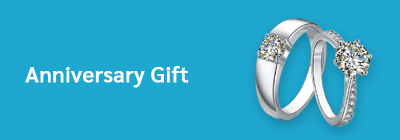
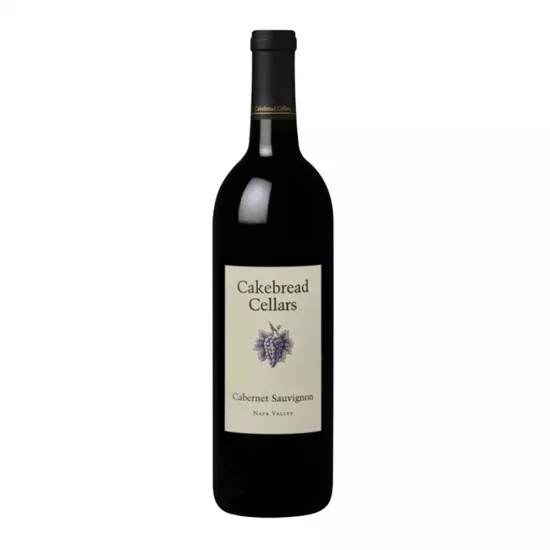
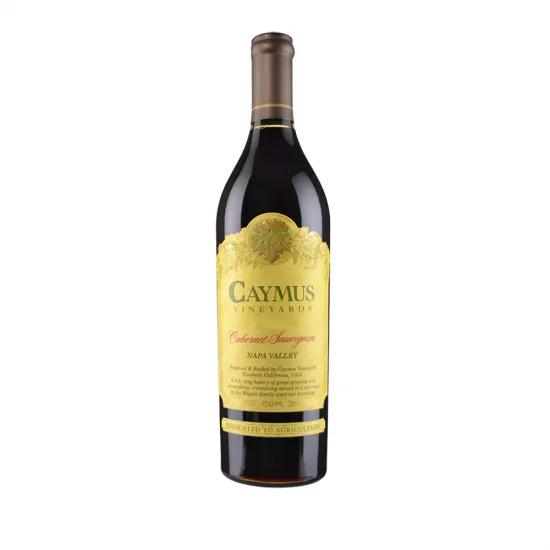
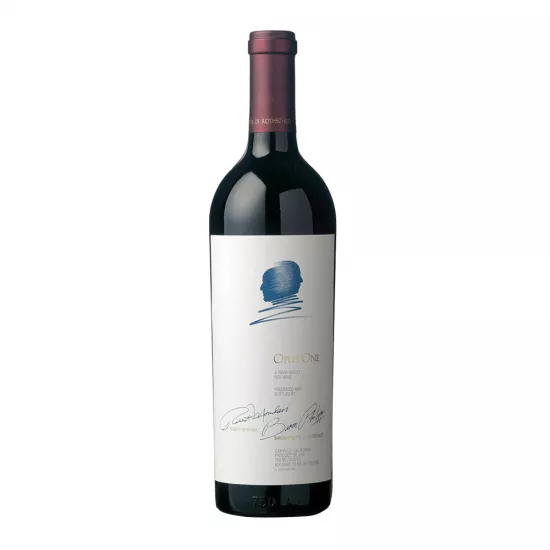
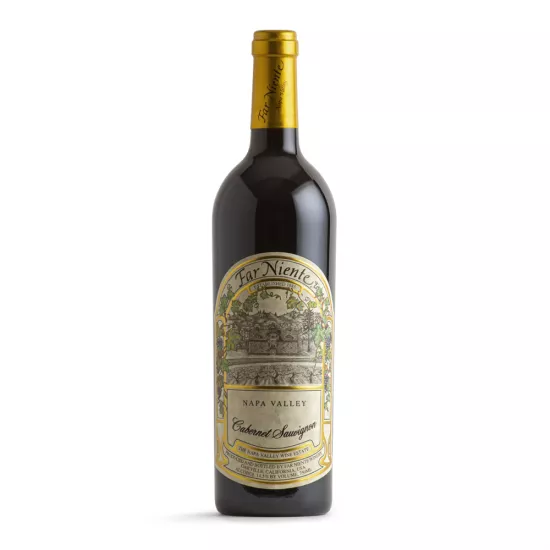

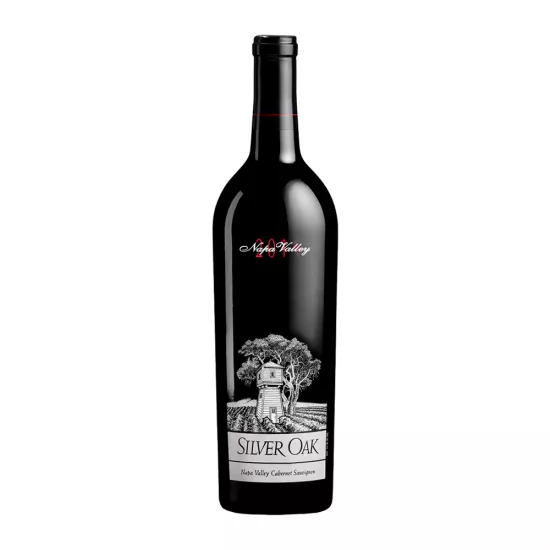





Leave a Comment